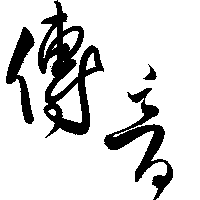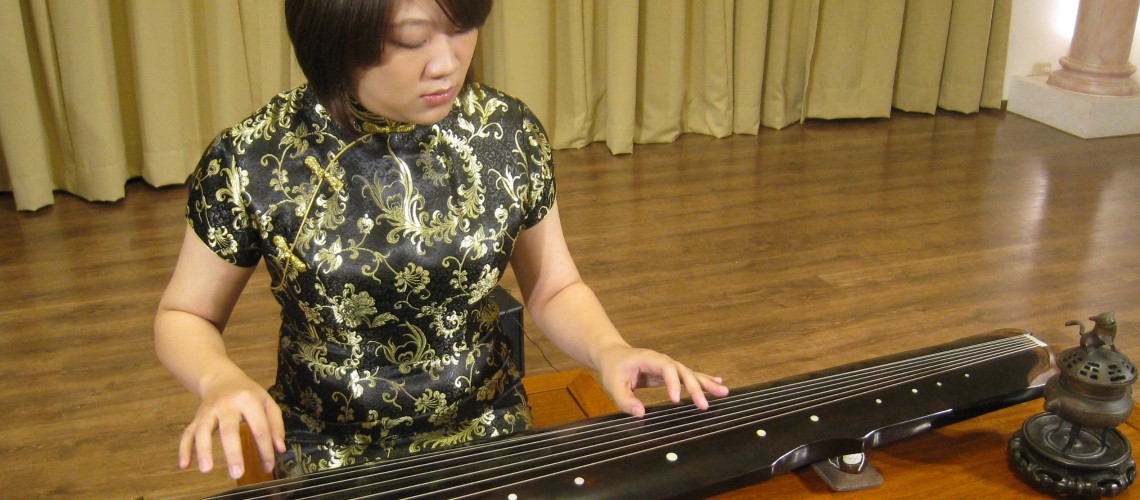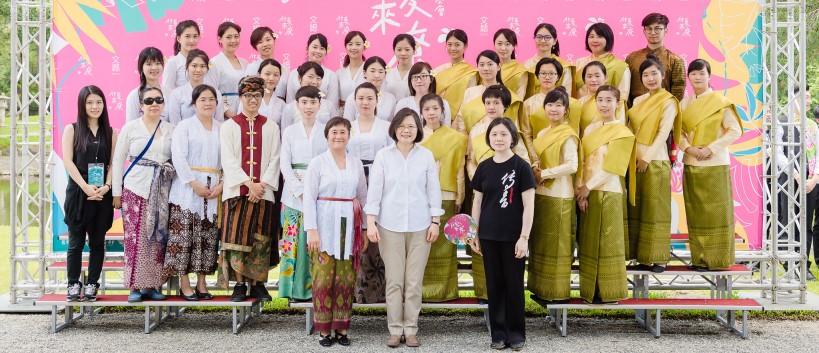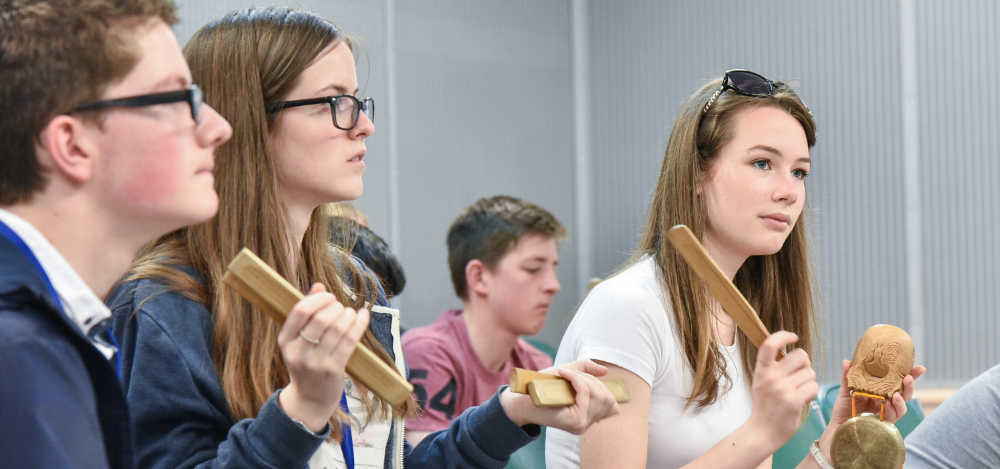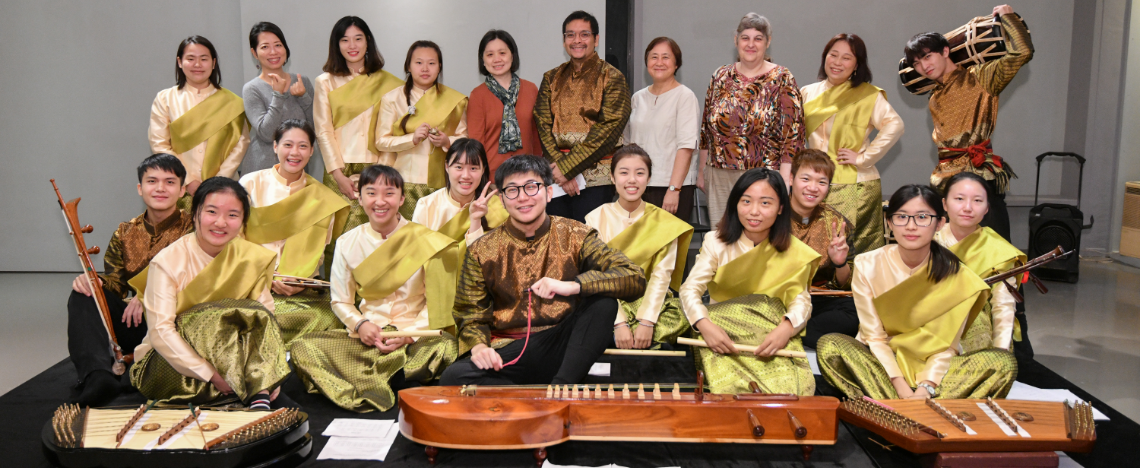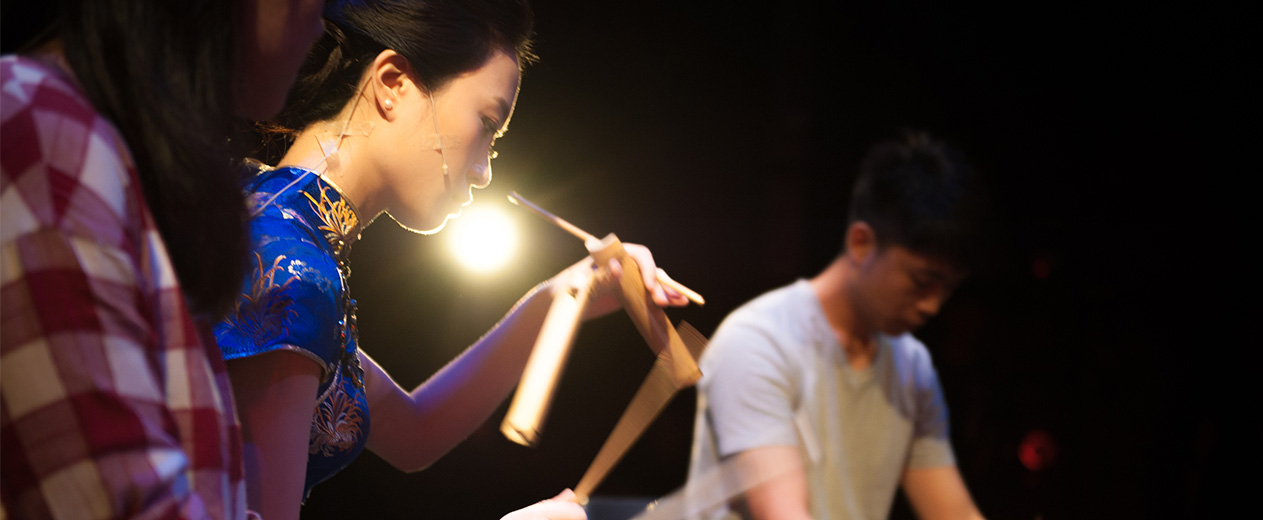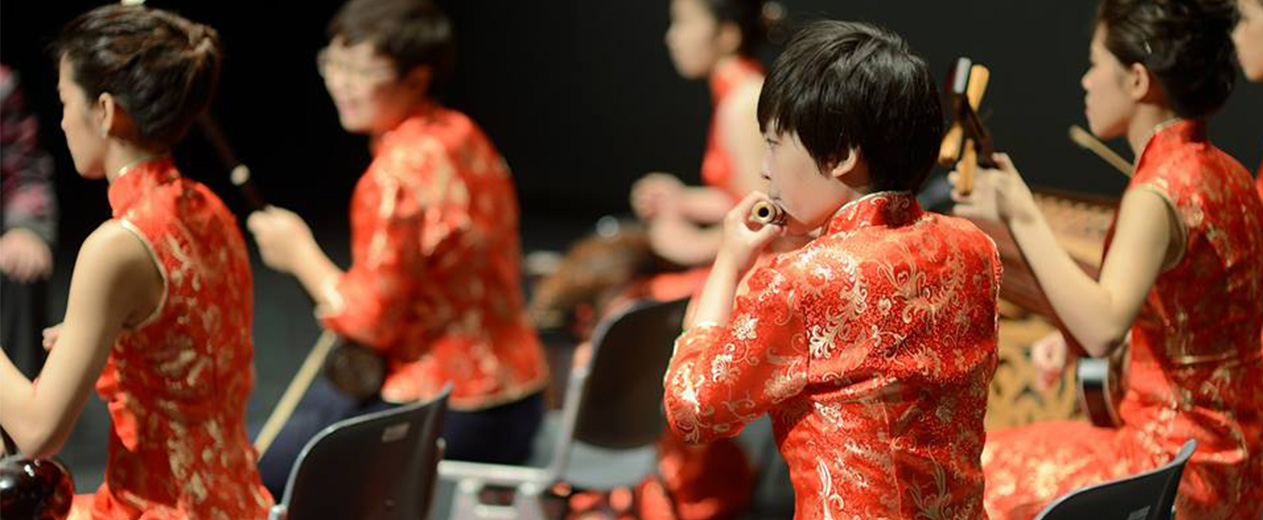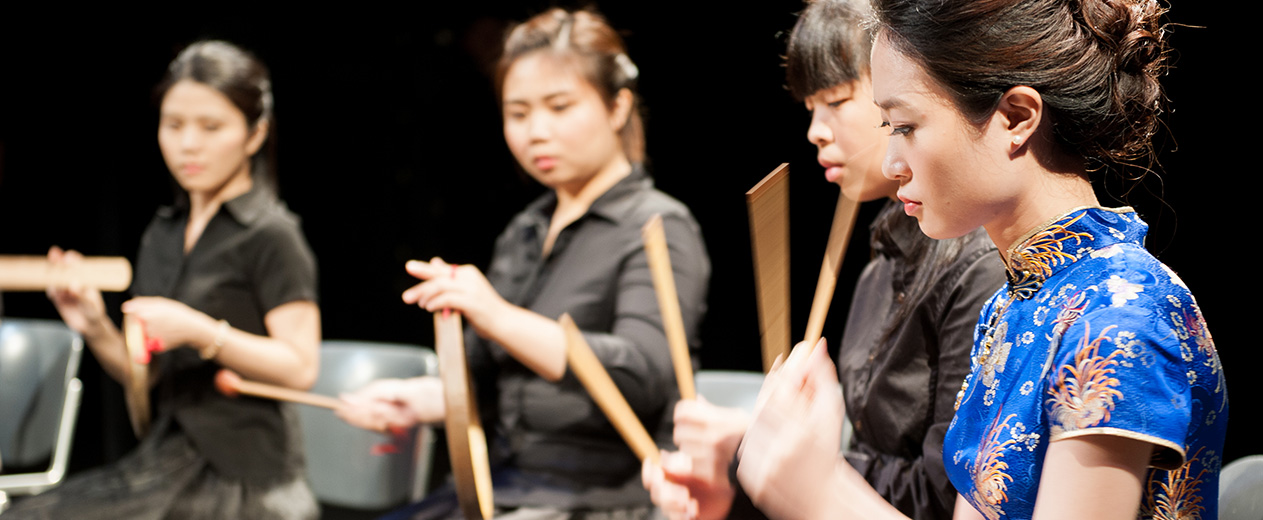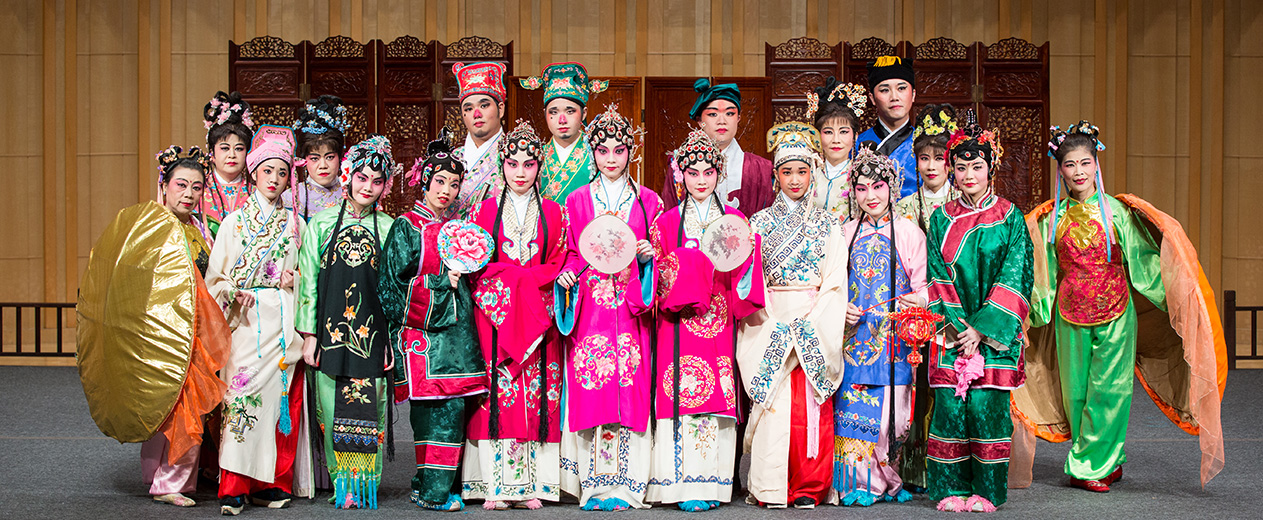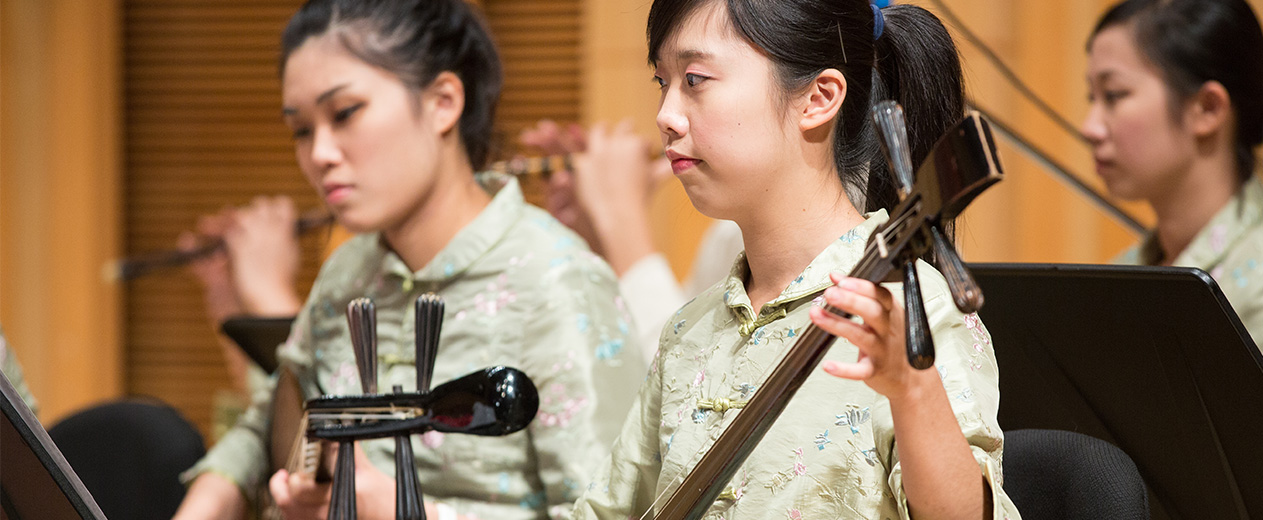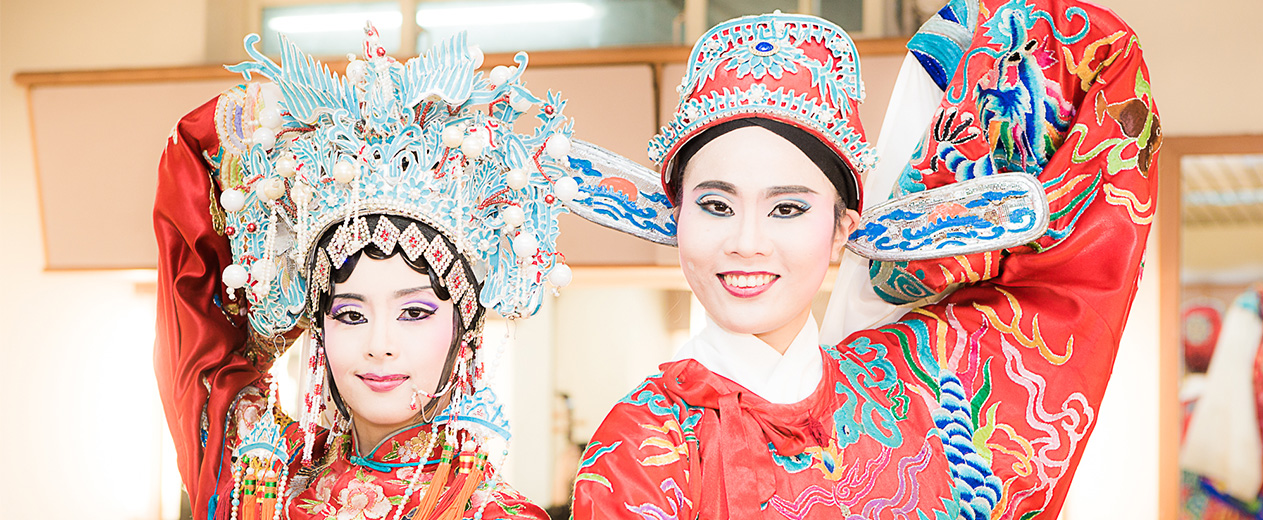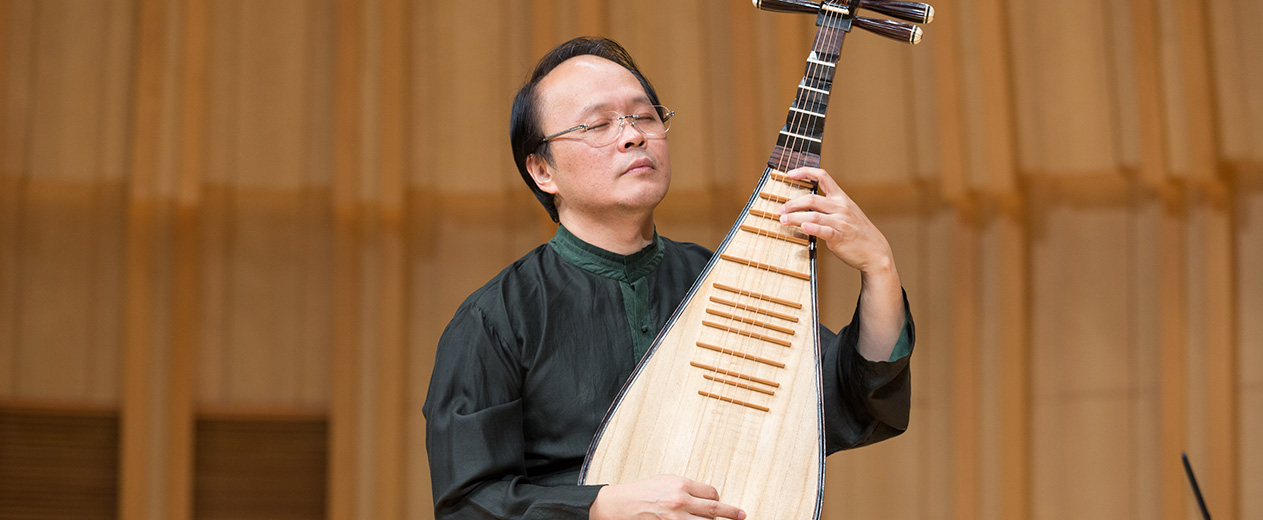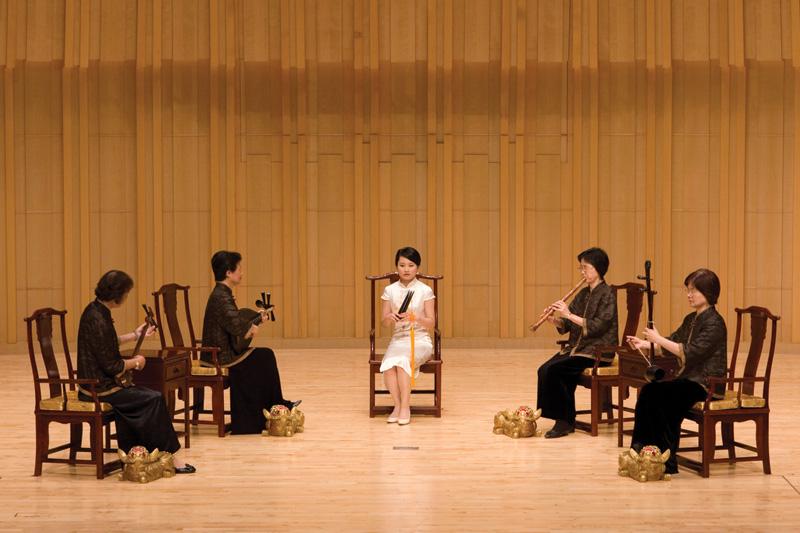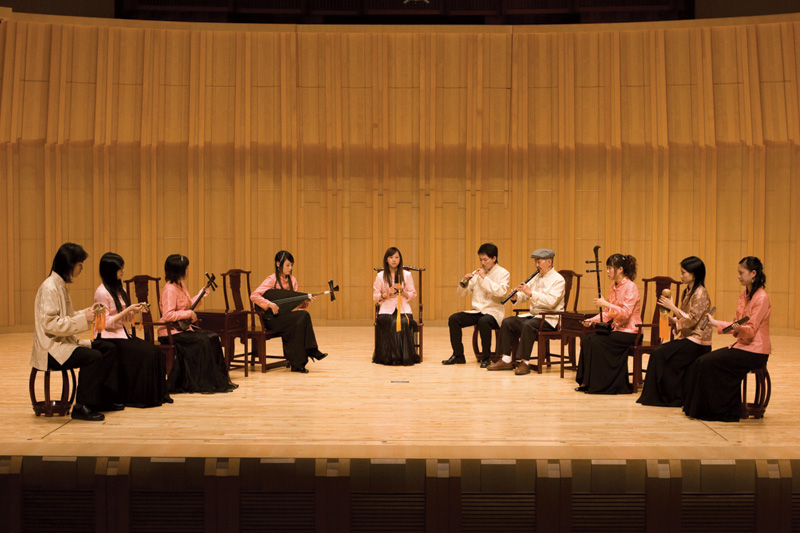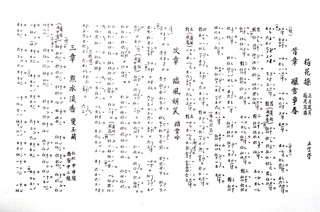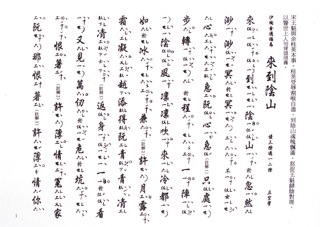View count:
39986
Nanguan Focus
The Music of Lâm-koán (Nanguan) / Lin, Po-chi
The Lâm-koán is called “Nanyin”(南音) in southeastern China and “Nanyue”(南樂) in southeastern Asia. It used to be popular in locations where the Minnan language was spoken including Quanzhou and Xiamen. It then came to Taiwan around the Ming Dynasty and followed the prevalence of Taiwanese migration communities in southeastern Asia. Lâm-koán’s current style of singing preserves that of ancient times. It is sung with the accent of Quanzhou so it is also therefore named “Chôan-Chiu Hiân-koán”(泉州絃管). Modern Lâm-koán performances have preserved the form of Daqu (大曲) in the Tang Dynasty. The main parts of the ensemble are called “Siau-koán”(簫管) or “Téng-sì-koán”(上四管) meaning “the core four parts” collectively.
When “Téng-sì-koán” plays with “Ē-sì-koán”(下四管, translated as “the peripheral four parts”) and “Ài-á”(噯子), it is called “Sỉp-im”(十音).
Many scholars argue that the music of Lâm-koán is a “living fossil” of Chinese music. The fact that the Lâm-koán singer holds the “Phek” to direct the ensemble has proved that the tradition of “Siang-Ho Ker”(“相和歌”) of the Han dynasty (206 BC-AD 220) still remains. The construction of instruments (such as Pê, Jī-hiân, Tōng-siau and others) also preserved Tang (618-907) and Song (960-1279) styles. Furthermore, titles of Lâm-koán repertoire are often from poems and names of tunes that already existed. This living fossil or living tradition of Lâm-koán is still taught with oral instruction in Taiwan and has a distinct difference from the Chinese style.
The music aesthetics of Lâm-koán music found its base from concepts of Chinese literature and Taoism. Music starts from morality, and in the ensemble the concepts of “Five elements” (五行) and “Yin and Yang”(陰陽) are apparent. For example the five parts of Téng-sì-koán (Siau, Jī-hiân, Sam-hiân, Pê, and Phek) are seated in order and clockwise. The percussive tone color of Pê and Sam-hiân are strong like “Yang”, and the linear and continual tone color of Siau and Jī-hiân are soft like “Yin”. The mixture of the percussive and linear tone colors represents the complimentary “Yin and Yang”. In the ensemble of Téng-sì-koán and Ē-sì-koán, the principle ”Metal Controls Wood” (“金木相剋”) is adopted; therefore, metallic and wooden instruments are played in alteration. The presentation of music emphasis is not on individual techniques but the tacit understanding among all parts. Thus, the Sam-hiân follows the Pê like a shadow, and the Jī-hiân fills in for the leading instrument Siau which requires occasional breathing. Both Sam-hiân and Jī-hiân do not surpass their leading parts.
Many scholars argue that the music of Lâm-koán is a “living fossil” of Chinese music. The fact that the Lâm-koán singer holds the “Phek” to direct the ensemble has proved that the tradition of “Siang-Ho Ker”(“相和歌”) of the Han dynasty (206 BC-AD 220) still remains. The construction of instruments (such as Pê, Jī-hiân, Tōng-siau and others) also preserved Tang (618-907) and Song (960-1279) styles. Furthermore, titles of Lâm-koán repertoire are often from poems and names of tunes that already existed. This living fossil or living tradition of Lâm-koán is still taught with oral instruction in Taiwan and has a distinct difference from the Chinese style.
The music aesthetics of Lâm-koán music found its base from concepts of Chinese literature and Taoism. Music starts from morality, and in the ensemble the concepts of “Five elements” (五行) and “Yin and Yang”(陰陽) are apparent. For example the five parts of Téng-sì-koán (Siau, Jī-hiân, Sam-hiân, Pê, and Phek) are seated in order and clockwise. The percussive tone color of Pê and Sam-hiân are strong like “Yang”, and the linear and continual tone color of Siau and Jī-hiân are soft like “Yin”. The mixture of the percussive and linear tone colors represents the complimentary “Yin and Yang”. In the ensemble of Téng-sì-koán and Ē-sì-koán, the principle ”Metal Controls Wood” (“金木相剋”) is adopted; therefore, metallic and wooden instruments are played in alteration. The presentation of music emphasis is not on individual techniques but the tacit understanding among all parts. Thus, the Sam-hiân follows the Pê like a shadow, and the Jī-hiân fills in for the leading instrument Siau which requires occasional breathing. Both Sam-hiân and Jī-hiân do not surpass their leading parts.
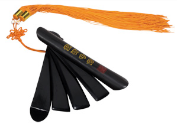
Instrumentation
1. Phek: made of five long pieces of wood, held by the singer who strikes the Phek on every beat to control the tempo.
1. Phek: made of five long pieces of wood, held by the singer who strikes the Phek on every beat to control the tempo.
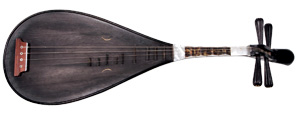
2. Pê: aka Nanguan Phi-pha, the leading part of the ensemble. It has a curved-neck like the Tang and Song Phi-pha, but unlike the modern Phi-pha, it is played horizontal. It has four bars and ten frets on the fingerboard with four strings tuned d-g-a-d1 (工、士、下、工).

3. Sam-hiân: its resonance box is covered with snake skin on both sides. Unlike Pê its neck has no frets. Its three strings are tuned A-d-a (下、工、一). Its fingerings are the same as those of Pê’s and sounds an octave lower than Pê.

4. Jī-hiân: The Jī-hiân stick is made from bamboo and usually has 13 nodes. One must follow certain strict rules when selecting the bamboo material for Jī-hiân. The resonant box is made from the root of the Pandan (Nâ-tâo) tree. Its pegs are on the same side as the strings. The strings are silk and tuned to g- d1(士、工). Its bow is soft.
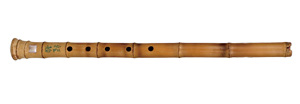
5. Siau: It is made from the root of bamboo. It has 10 flats and 9 nodes within the length of 1 “meter” and 8 “inch” of Tang (唐制一尺八寸, about 54 cm). The lowest pitch is d1(「工」).
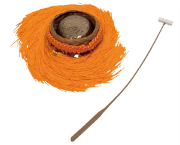
6. Híun-tsóan: A tiny gong hung from a small bamboo frame and struck with a small padded mallet. Its rhythm is basically the same as that of Pê except that it rests on the beats that the Phek strikes(金木相剋).
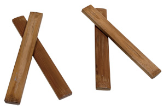
7. Sì-tè: also called “Sì -pó”, meaning “four treasures”. The Sì-tè player holds two clappers in each hand. It plays quickly and in vibration to reflect the Pê’s tremolo or strikes once to reflect the Phek’s beat. The tacit part of its rhythm is the same as that of Pê’s.

8. Siang-im: Also named “Siang-tseng” or “Siang-lêng”, the player avoids playing on the beat.
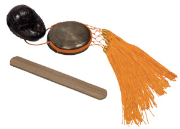
9. Kiò-lô: Consisting of a small gong and a temple block. The gong is usually played one-half beat after the Híun-tsóan, and the temple block usually falls on the downbeats.
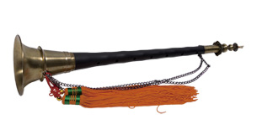
10. Aì-á: A small Sōna, also called “giok-aì”. It appears in the “Sip- im” ensemble. It is never played in a loud dynamic but “sings” softly as a person does when singing Lâm-koán.
The Lâm-koán music is divided into “Tsuín” (指), “Kheh” (曲) and “Phóo” (譜). “Tsuín” and “Kheh” both have lyrics; however, the lyrics of “Tsuín” are only for the purpose of memorizing the music and not sung in performances. “Kheh” is the center part of all activities in Lâm-koán. “Phóo” is purely instrumental. In a concert, the music must follow the order of “Starting with Tsuín”, “Into Kheh”, and “Ending with Phóo” (起指、落曲、煞譜).


